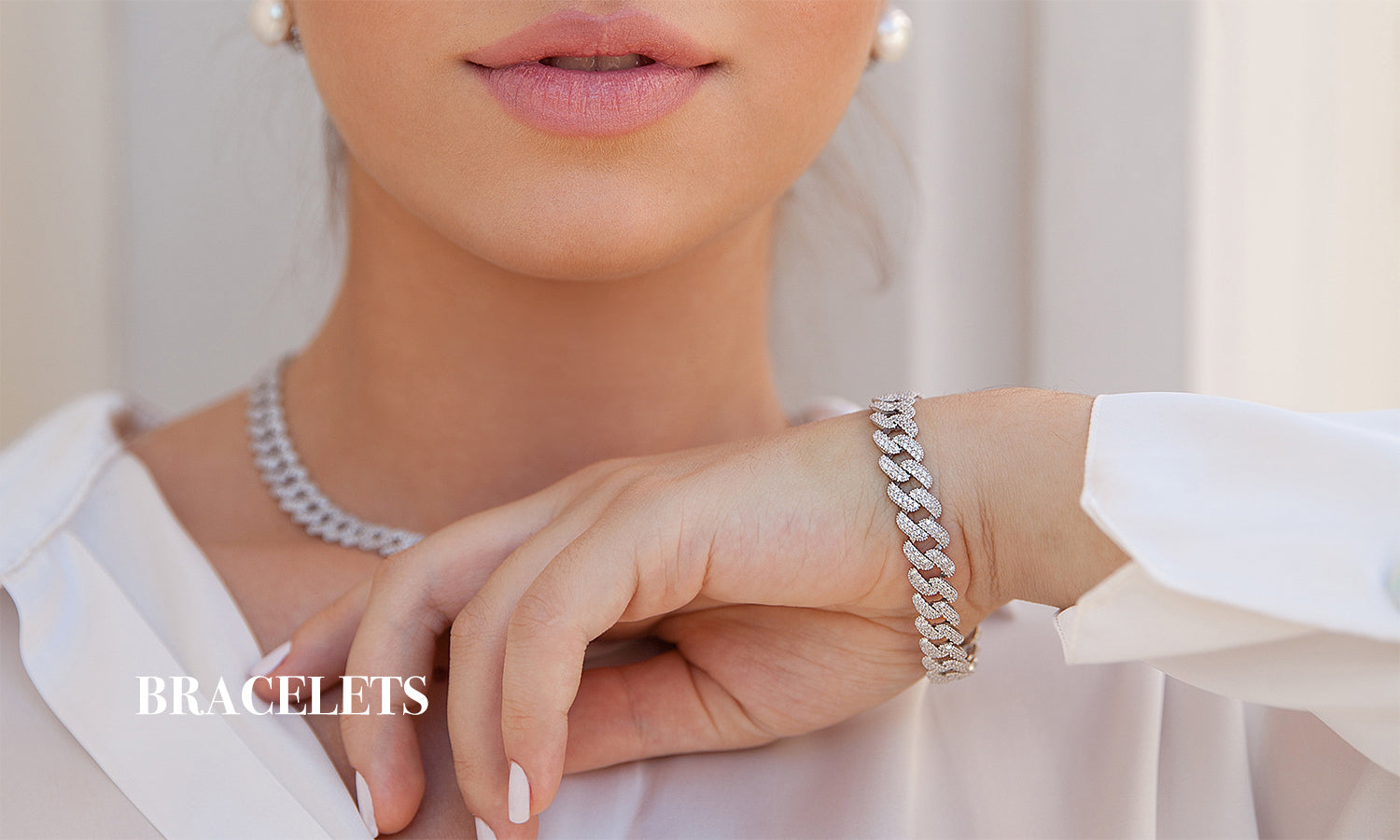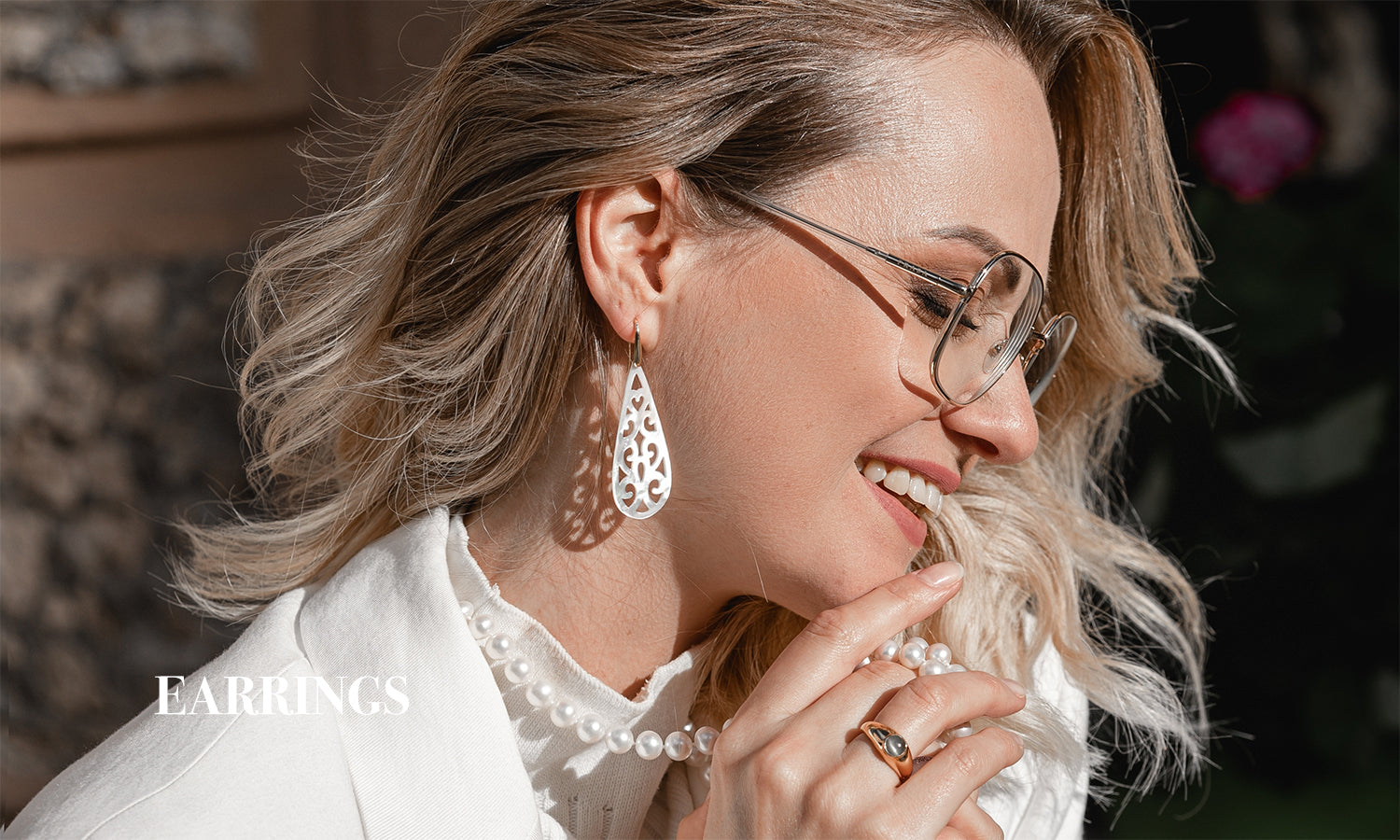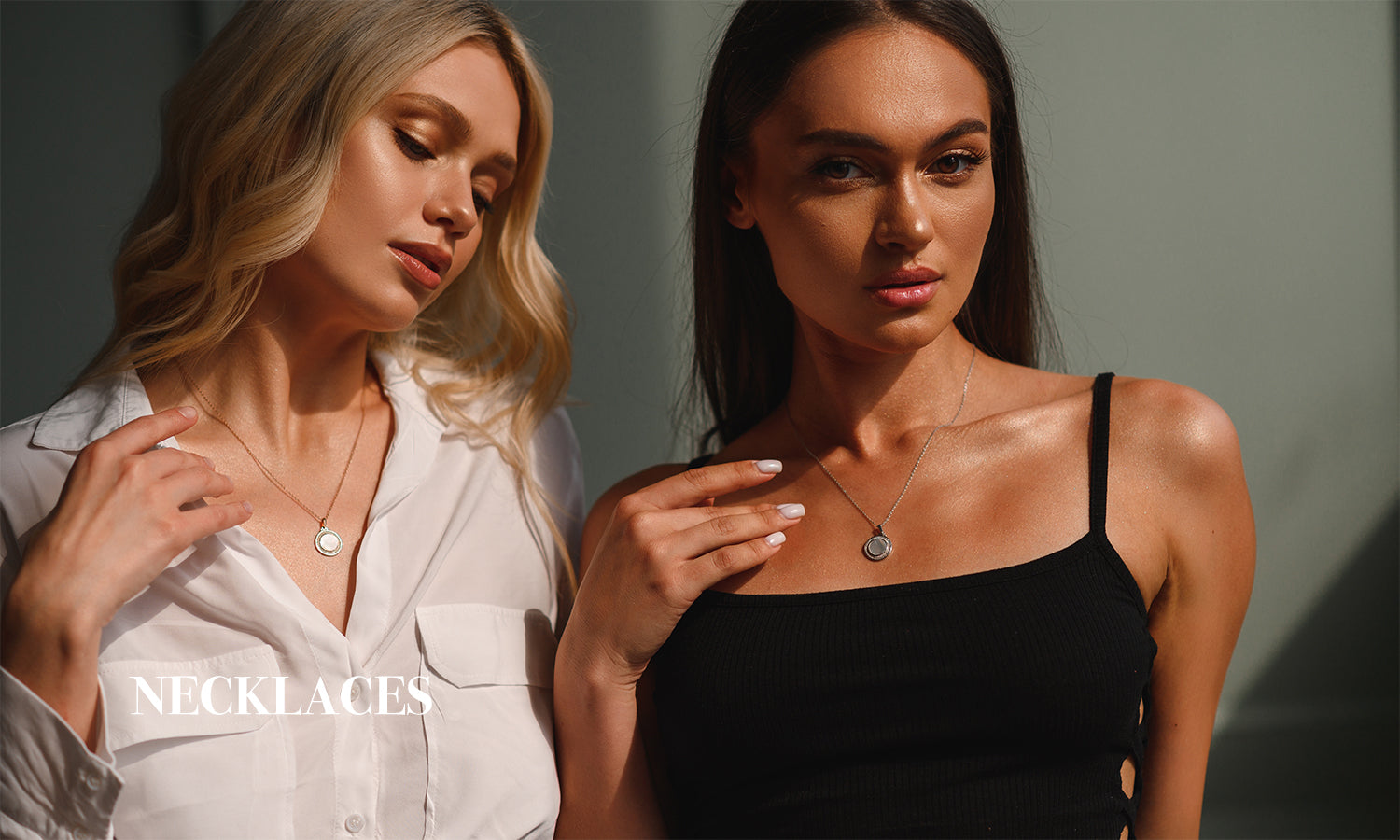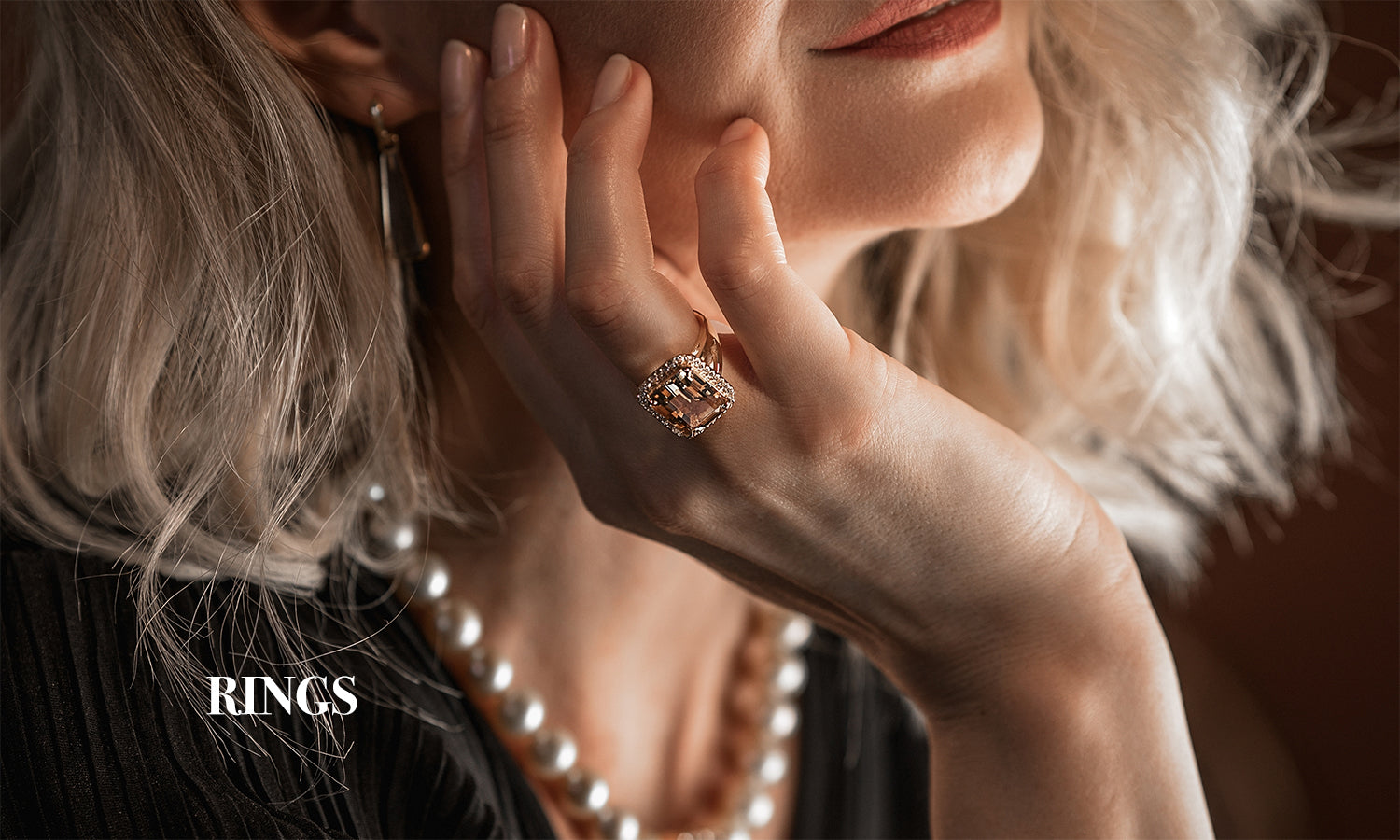
The Enchanting World of Norse Jewelry: A Journey Through History and Symbolism
Share
Norse jewelry is more than just ornamental; it is a gateway to understanding the rich cultural heritage of the Viking Age. These beautifully crafted pieces, adorned with symbols of power, protection, and mythology, offer a glimpse into the lives of the Norse people and their deep connection with the natural and spiritual worlds. In this article, we will explore the history, symbolism, and craftsmanship of Norse jewelry, and why it continues to captivate people around the world.
|
Topic |
Key Points |
|
History of Norse Jewelry |
Originated during the Viking Age (8th-11th centuries), showcasing skilled craftsmanship. Used as symbols of status, wealth, and identity. |
|
Symbolism in Norse Jewelry |
- Mjölnir (Thor’s Hammer): Protection, power, and fertility. |
|
|
- Valknut: Associated with Odin, representing life, death, and rebirth. |
|
|
- Yggdrasil (The World Tree): Symbolizes interconnectedness and universal wisdom. |
|
|
- Ravens (Huginn and Muninn): Endows insight and protection. |
|
|
- Dragons and Serpents: Represents chaos, power, and the unknown. |
|
Craftsmanship Techniques |
Techniques such as casting, filigree, and repoussé were used. Materials included bronze, silver, gold, and beads made from glass, amber, and jet. |
|
Modern Appeal |
Norse jewelry remains popular due to its timeless designs and profound symbolism, appealing as both a fashion statement and a connection to heritage. |
|
Conclusion |
Norse jewelry is a blend of history, art, and mythology, offering a connection to a rich cultural tradition that continues to inspire today. |
A Brief History of Norse Jewelry

Norse jewelry dates back to the Viking Age, roughly between the 8th and 11th centuries. The Vikings were skilled artisans, and their jewelry was a testament to their craftsmanship. Made from materials such as bronze, silver, and gold, Norse jewelry was worn by both men and women as a symbol of status, wealth, and identity. The designs were often intricate, featuring motifs inspired by nature, mythology, and the cosmos.
The Vikings were also great travelers and traders, and their jewelry reflects the diverse influences they encountered. From the Celts to the Anglo-Saxons, many cultures left their mark on Norse designs, resulting in a unique blend of artistic styles. The portability of these pieces made them not only valuable as adornments but also as currency in trade.
The Symbolism Behind Norse Jewelry

Viking Tree of Life Circular Necklace - Norse Legacy Collection – Planderful Shop
Every piece of Norse jewelry tells a story. The symbols used in their designs were not merely decorative but held deep meaning. Here are some of the most common motifs and their significance:
- Mjölnir (Thor’s Hammer):One of the most iconic symbols in Norse mythology, Mjölnir was the hammer of Thor, the god of thunder. It represented protection, power, and fertility. Vikings believed wearing a Mjölnir pendant would safeguard them in battle and bring blessings.
- Valknut:Often associated with Odin, the chief god, the Valknut is a symbol of the slain warriors who were chosen by Odin to enter Valhalla. It is also seen as a representation of the cycle of life, death, and rebirth.
- Yggdrasil (The World Tree):This immense tree connected the nine worlds in Norse cosmology. Jewelry depicting Yggdrasil symbolizes the interconnectedness of all life and the wisdom of the universe.
- Ravens (Huginn and Muninn):Odin’s two ravens, Huginn (thought) and Muninn (memory), were his eyes and ears in the world. Raven-themed jewelry was believed to endow the wearer with insight and protection.
- Dragons and Serpents:Dragons and serpents were common in Norse art and mythology, representing chaos, power, and the unknown. They were often used in arm rings, necklaces, and brooches.
The Craftsmanship of Norse Jewelry

Norse jewelry was made using various techniques that showcased the artisans' skills. Casting, filigree, and repoussé were commonly used to create detailed and durable pieces. The use of runes was also prevalent, often inscribed on jewelry to invoke protection, luck, or love.
Materials played a crucial role in the value and significance of Norse jewelry. While the wealthy adorned themselves with gold and silver, bronze and iron were more commonly used by the general populace. Beads made from glass, amber, and jet were also popular, adding color and vibrancy to the pieces.
The Modern Appeal of Norse Jewelry

Today, Norse jewelry continues to fascinate and inspire. Its timeless designs and profound symbolism resonate with people from all walks of life. Whether worn as a fashion statement, a talisman, or a connection to ancestral roots, Norse jewelry is a powerful expression of individuality and heritage.
In recent years, there has been a resurgence of interest in Viking culture, leading to a growing market for Norse-inspired jewelry. Modern artisans often incorporate traditional motifs into contemporary designs, creating pieces that honor the past while appealing to modern tastes.
Conclusion
Norse jewelry is more than just a relic of the past; it is a living tradition that continues to thrive. Each piece is a testament to the artistry, spirituality, and resilience of the Norse people. Whether you are drawn to its historical significance, its mystical symbolism, or its striking beauty, Norse jewelry offers a connection to a rich and storied culture that continues to captivate the imagination.




